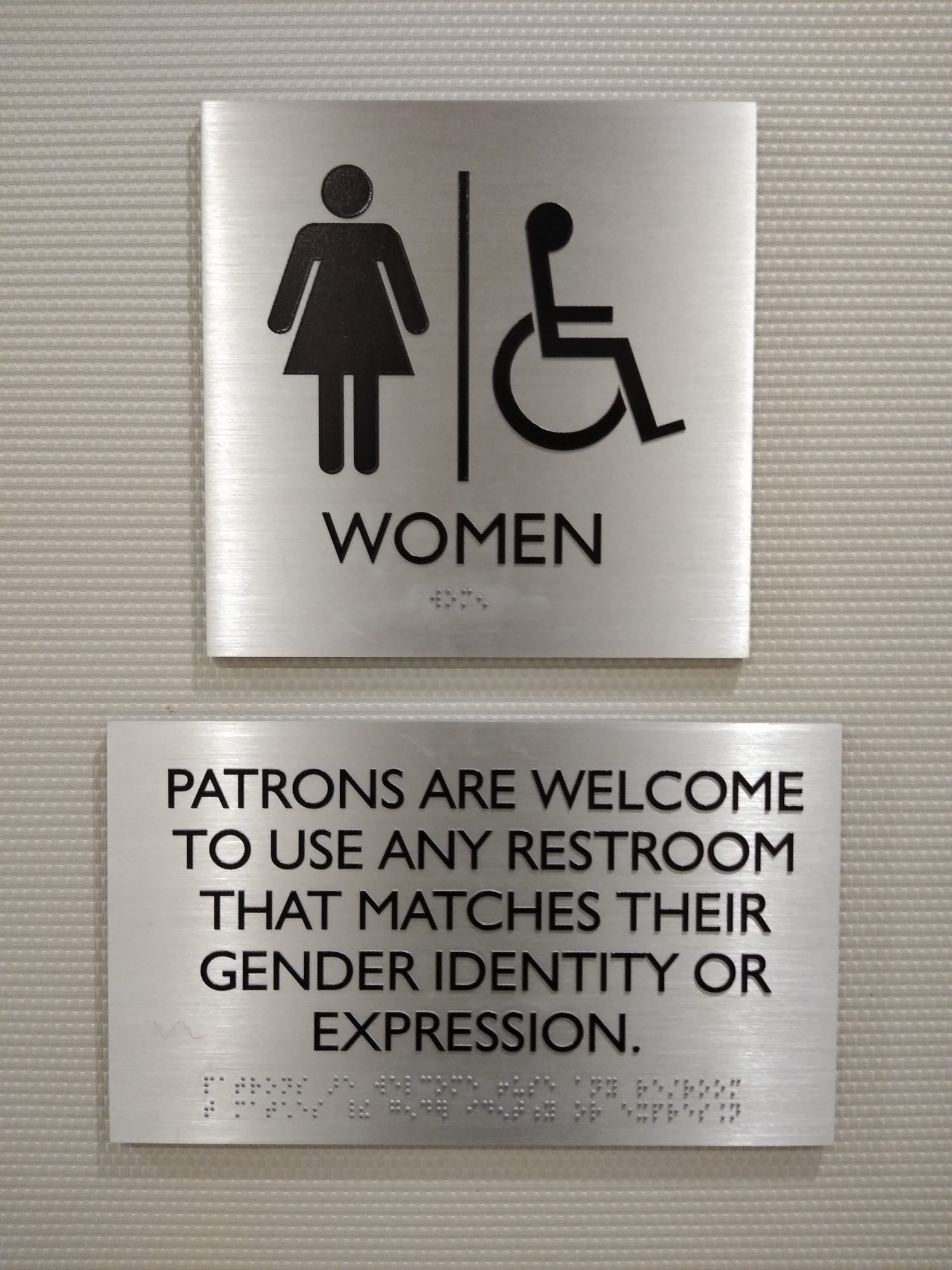Something as simple as seeing gender neutral toilet signs in public places is linked to adolescents becoming more accepting of trans and nonbinary people
All-gender or gender neutral toilet signs in public places are linked to adolescents’ acceptance of transgender and nonbinary people, a study has found.
In one of the first studies of its kind, researchers conducted an online experiment with a nationally representative sample of 319 adolescents aged 12 to 17, testing how gendered signs displayed on public facilities affected participants’ subsequent attitudes toward gender.
The results strongly suggest that adolescents exposed to all-gender signage in a virtual school setting were more likely to understand gender as existing beyond a male-female binary when compared to peers exposed to gender-segregated signage.
‘Gender-segregation in physical spaces primes adolescents to think of gender in a binary manner’
Traci Gillig, an assistant professor at Washington State University’s Murrow College of Communication and lead researcher on the study published in the International Journal of Communication, commented: “In essence, the study showed that gender segregation in physical spaces primes adolescents to think of gender in a binary manner, while gender-inclusive spaces tend to lead them to have a more nuanced understanding.”

Employing a virtual narrative technique
Gillig and colleagues employed a virtual narrative technique that exposed youth to different forms of gendered signage for bathrooms and locker rooms through interactive storytelling.
The first group was guided through a virtual day in a school setting that included rooms and facilities marked “men” and “women” with the traditional stick figure and stick-figure-in-dress symbols. The second group went through the same virtual day except with facilities that were marked “all gender” without any gendered symbols.
Following this virtual experience, the participants responded to a series of questions about how they viewed gender. It was revealed that the adolescents exposed to the all-gender signage were more likely to perceive transgender and nonbinary genders as valid.
Additionally, the researchers found that youth exposed to all-gender facilities in their everyday lives reported being more comfortable with using such facilities and tended to be more accepting of transgender and nonbinary people.










